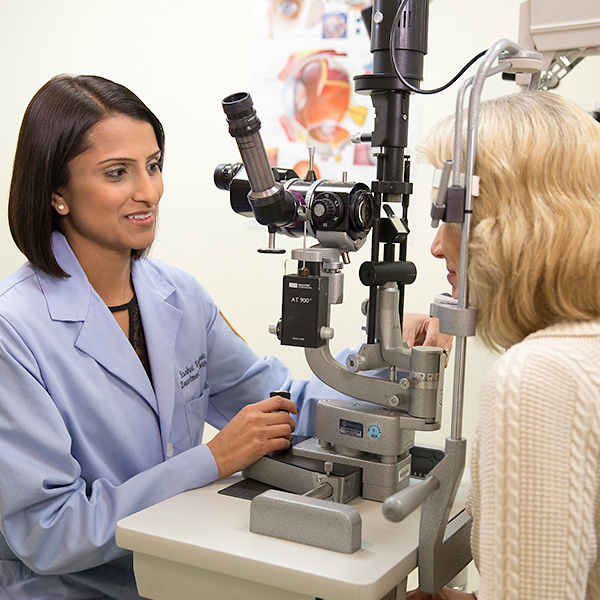Eyelid Abnormalities
Overview and Facts about Eyelid Abnormalities
The eyelids are crucial to the health of the eye itself. When you blink, your eyelids sweep away debris and help spread moisture over the surface of the eye.
Eyelid abnormalities typically either form in the womb before birth (congenital) or during childhood (developmental).
Some eyelid disorders are common and only have cosmetic significance, while others can be more serious.
Signs and Symptoms of Eyelid Abnormalities
The list below explains different types of structural abnormalities of the eyelid, and what they look like:
- Entropion, in which the eyelid is rolled inward against the eyeball
- Ectropion, in which the eyelid is turned outward away from the eyeball
- Ptosis, which involves a drooping or falling of the upper eyelid
- Lid retraction, in which the upper eyelid is placed upward or the lower eyelid moves downward, which exposes the whites of the eyes
- Epicanthal fold, which is when a skin fold of the upper eyelid covers the inner corner of the eye
- Cryptophthalmos, which involves having skin completely cover the eye without separate eyelids being formed
- Canthorum, which is when the corner of the eye is situated inward and the bridge of the nose looks wider and larger than it should
Besides appearance, the main signs and symptoms of an eyelid abnormality include:
- Pain
- Loss of eyelashes
- Blurriness or impaired vision
- Feeling as though you have something in your eye when you do not
Causes and Risk Factors of Eyelid Abnormalities
Beyond the structural eyelid problems, causes of eyelid abnormalities can include:
- Inflammation, or blepharitis, which is one of the most common risk factors. It occurs when debris accumulates around the eyelid margin.
- Bacterial infection, which occurs when bacteria build up around the eye due to insufficient blinking function.
- Tumors, which can be either completely harmless or cancerous in nature. A cancerous tumor appearing on the eyelid is almost always some form of skin cancer.
Tests and Diagnosis of Eyelid Abnormalities
A doctor can typically diagnose an eyelid abnormality just by looking at the eyelid and reviewing your medical history.
The physical features of the eyelid can usually point to the exact type of abnormality at hand. If a tumor is causing the abnormality, the doctor will likely take a biopsy to determine if that tumor is cancerous or not.
Treatment and Care for Eyelid Abnormalities
For eyelid abnormalities that are lifelong, routinely cleaning around the eyelid to lower the risk for infection or irritation can reduce how much it affects your quality of life.
In the case of infection, using a warm compress and taking antibiotics are normally enough for most eyelid abnormalities. However, sometimes surgery, cryotherapy (freezing), or laser treatment to reshape or remove the excess lid, may be recommended.

Request an Appointment
Whether you are seeking routine eye care or have a specific vision issue, our team treats a wide range of eye diseases and conditions, including cataracts, glaucoma, macular degeneration and strabismus. Schedule an appointment today.
Schedule a Telehealth Appointment
